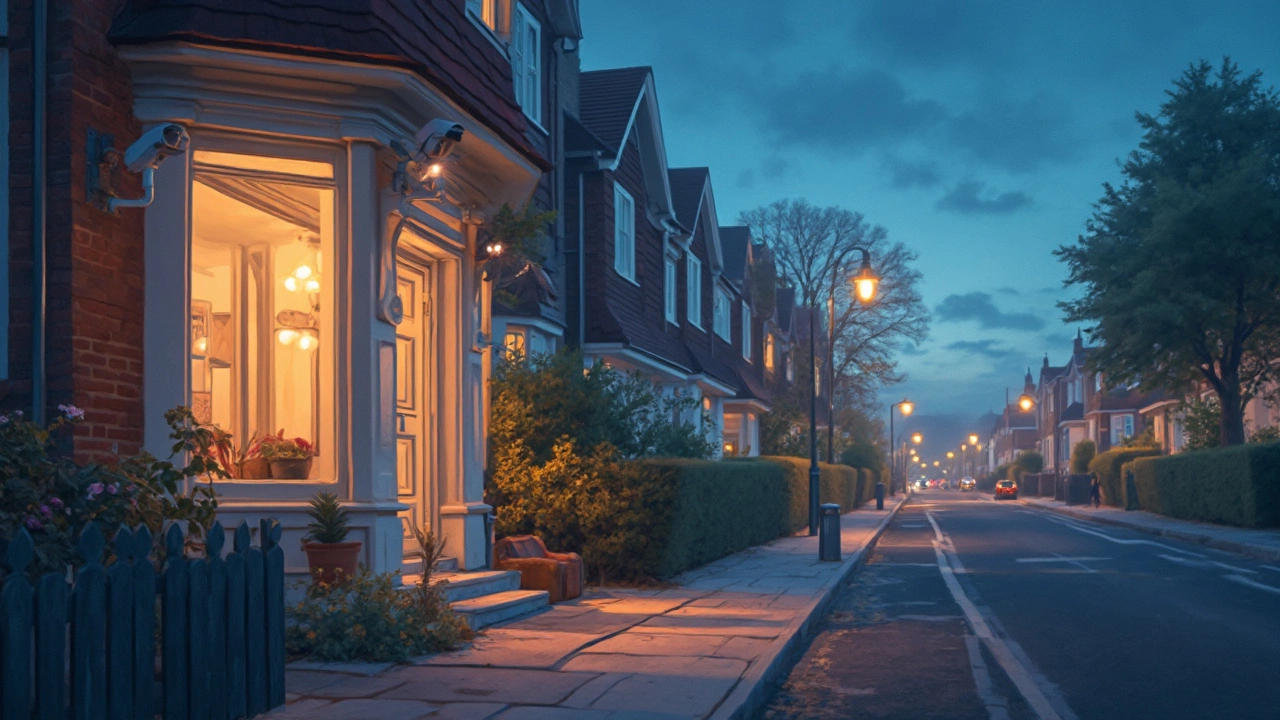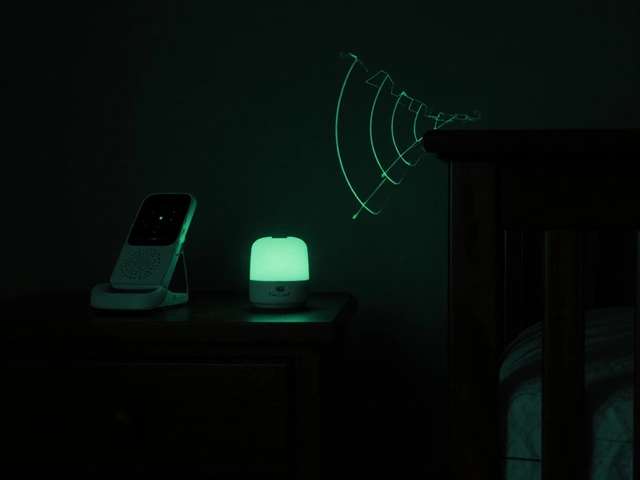CCTV Electricity Use – What You Need to Know
Ever look at your electricity bill and wonder why it’s higher than usual? Your CCTV system could be a hidden culprit. Cameras need power to record, stream, and stay online, but the amount they consume varies a lot. Knowing the basics helps you keep your home safe without blowing up the bill.
How Much Power Do Different Cameras Use?
Most modern security cameras run on low‑voltage DC, usually 5 V or 12 V. A tiny indoor dome might draw 2‑4 watts, while a rugged outdoor PTZ (pan‑tilt‑zoom) can pull 8‑12 watts when it’s moving. If you have ten indoor units at 3 watts each, that’s roughly 30 watts total – about the same as a small night‑light. Over a month, those 30 watts add up to around 22 kWh, which is only a few pounds on most UK tariffs.
Things that raise consumption are night vision LEDs, heating elements for frost protection, and continuous recording. Infrared LEDs can add 2‑5 watts per camera, so a night‑vision‑only setup might double the draw. PoE (Power over Ethernet) setups simplify wiring but still deliver the same wattage; the key is the camera’s internal design, not the power source.
Tips to Trim Your CCTV Power Bill
First, turn off features you don’t need. If you only need motion‑triggered recording, disable continuous video streams. Many apps let you schedule night‑vision LEDs to run only when it’s dark, cutting waste during daylight hours.
Second, choose low‑power models. Look for cameras rated under 5 watts for indoor use and under 8 watts for outdoor use. Some manufacturers list “energy‑saving” specs – those are worth checking.
Third, use solar‑powered options where possible. A small solar panel and battery can power a single outdoor camera, eliminating grid electricity entirely. This works best in sunny locations and for cameras with modest power needs.
Finally, audit your system annually. Switch off any camera you no longer need, and replace older models with newer, more efficient ones. The upfront cost of an upgrade is often recouped within a year through lower energy usage.
Understanding CCTV electricity use isn’t rocket science. By picking the right hardware, tweaking settings, and considering renewable options, you can keep your property safe and your bills low. Keep an eye on the wattage label, and you’ll stay in control of both security and costs.


